Put simply, a lasagna garden is a layered garden that reminds many Americans of lasagna. You stack your layers until you have a deep enough natural compost to build up a garden and get to work planting.
Is This the Best Choice for my Garden?
That really depends. Without knowing how your land is set up, how much room you have, or the quality of your soil, it is impossible for us to give you a certain answer. However, we can go over a few good points of lasagna gardens.
A lasagna garden is ideal for rocky, hard, or clay-filled soil that would otherwise be impossible (or very difficult) to plant in. Since this is essentially a pile of compost (once the lasagna garden is ready to plant), it’s almost like working with a raised bed. The biggest difference is that your lasagna garden won’t have any edging to it and the paper at the bottom will work as a weed-repellant surface.
Lasagna gardens probably aren’t the best idea if you intend to move within the next 2-3 years. For those who don’t have up to two years to season a lasagna garden, wait until you live somewhere that you can. Lasagna gardens take a lot of time because you’re encouraging your green plant matter to rot down into compostable soil so they can offer nutrients to the plants that you’re putting in. If you try to plant a lasagna garden too early, you’re likely to end up with scalded plants or seeds that simply cannot germinate.
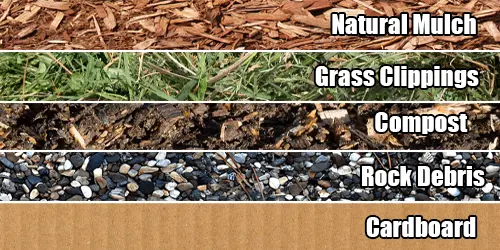
Do you have enough room for one?
Lasagna gardens work best when you have at least a ten-foot by ten-foot area that you can rope off and work with; twenty by twenty is even better. This way, you aren’t trying to put too many plants in one area or leeching nutrients from one mini-bed to another.
Do you own the land?
Your landlord (or HOA!) may not appreciate having a large patch of grass that is now a brown, goopy mess. If in doubt, ask first!
What Can I Grow?
Lasagna gardens can, mostly, support any small greens, corns, beans, squashes, and peas. You’ll want to avoid planting deep tubers and other root vegetables that need to get in deep to develop; these simply will not do well in the layers and may be squashed by this planting method.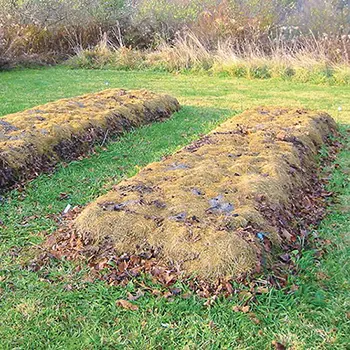
Tomatoes and eggplants may be another good possibility for your lasagna garden, though since these plants tend to be relatively sensitive to the amount of moisture that they can stand (and lasagna gardens are well known for being a little bit on the marshy side),
Melons are debatable, as are other fruits. So many fruit vines and bushes require very specific types of soil; most that you won’t see in your lasagna garden without significant amendments. Though watermelons are likely to grow well in a lasagna garden, I would suggest steering clear of things like kiwi.
Herbs are ideal for most lasagna gardens as almost all herbs are very, very tolerant of any soil conditions, amendments, extra nutrients that need to be used up, etc. They’re some of the hardiest plants that we have, after all.
What Should I Avoid?
Fruit trees, deep-rooted plants (as mentioned above, such as potatoes or carrots), and perennials, in general, should be avoided to make the most use of your lasagna garden. Please note, that even if you continue adding layers year after year, lasagna gardens do eventually rot away on the bottom and you will, eventually, have to either dig in and start from the bottom up again, or you’ll be left with weeds leeching out your nutrients.
Another plant to avoid in a lasagna garden is anything that you can’t train up a stake or a net. We’re all pretty good at making our zucchini climb, right? Peas, beans, squash, melons; you can put all of them up a trellis of some sort.
Large pumpkins are not going to behave themselves in a lasagna garden no matter how much trellising you do. Not only will these large pumpkins choke out other plants with their reaching, creeping tendrils, but their weight will crush the layers of your lasagna garden very, very quickly.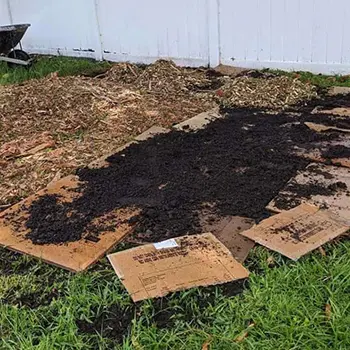
One last plant to avoid in a lasagna garden is asparagus. Though you can buy crowns that are ready to harvest this year, the best thing to do is to give them a couple of years to grow and mature. This means giving them a long-term, dedicated pot or growing area. Like other perennials, it’s better to keep these out of the lasagna garden. Find a large pot to plant them in, give them time to root and produce, leave them alone for the first couple of years, then enjoy your trimmings.
Preventing Pests
Pests are less of an issue, typically, in a lasagna garden but they can still come calling and sometimes they do it in droves. The worst ones we’ve dealt with have been flies trying to get to the lower layers of moisture and, sometimes, hatching maggots in some of the more gnarly additions to our lasagna garden.
The best way to prevent these bugs from coming calling is to do the same thing you would do with any other garden: preventative maintenance. If your lasagna garden is very damp, it will attract pests of all sorts. Let it dry a little. If it is being soaked by rain, put a tarp over it for a day or so to let the moisture trickle away.
Final Thought
Most of all, a healthy garden is usually one that is having potential problems tackled before they become an issue in the first place. Watch your lasagna garden like you would any of your other beds, discover potential problems (such as too much water or too much sun), and root them out before they get a chance to settle in and try to destroy your hard work.
You may also like:
How To Build A Never-Ending Pharmacy In Your Backyard (Video)
Strange Gardening Tips And Tricks That Really Work

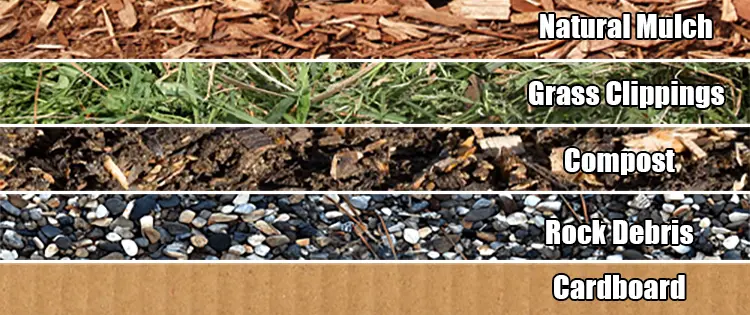
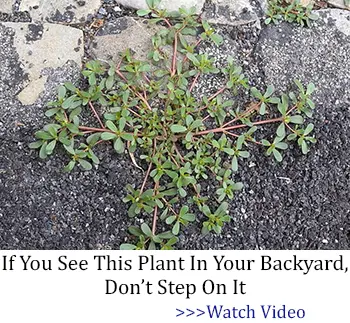

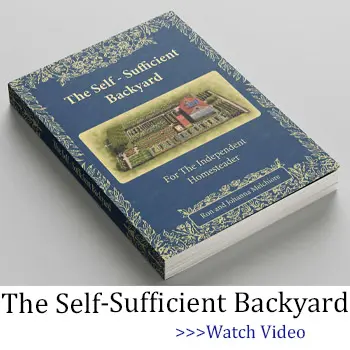
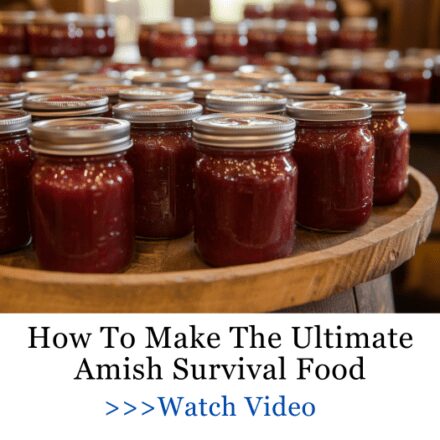
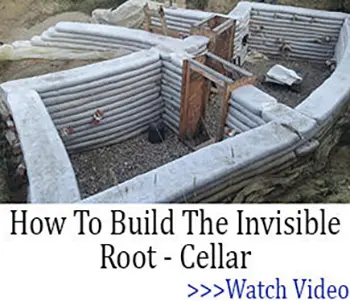



Perhaps I did the gardening wrong, but, I could not get into the garden at one point because there were at least 20-40 wasp nests and their were several different kinds of wasps represented. It did not workout for me at all. I imagine if I were to do it all over again, I would not allow the hay or straw (which ever I used) to be exposed to the air.